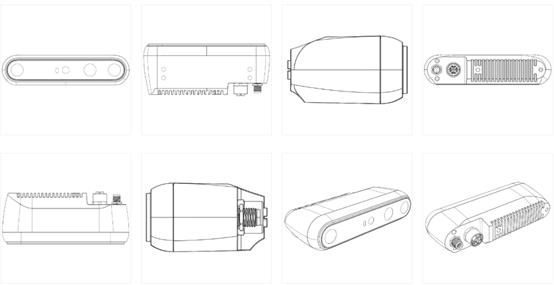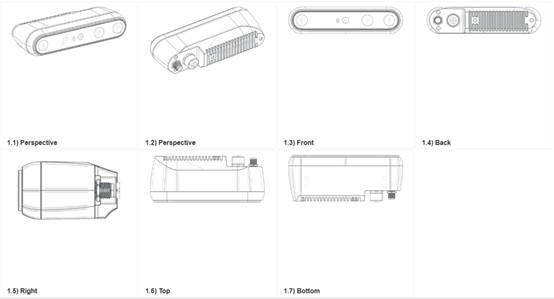For innovators seeking international Hague protection based on Chinese design applications, meticulous initial documentation is paramount. Significant differences in graphic representation standards between China and the Hague System necessitate proactively preparing China-compliant base drawings. This foundational approach facilitates efficient Hague element integration, enabling seamless dual-track protection. This article outlines how to prepare Chinese design application documents that optimally support subsequent Hague filings while satisfying both systems’ requirements.
01 Understanding Core Differences
Critical distinctions to address before strategy implementation:
A. Depth Representation Techniques
l China: Prohibits auxiliary lines (hatching, stippling). Depth must be conveyed solely through uniform solid lines (contours), multi-angle views, and standardized cross-sections.
l Hague (especially US): Encourages hatching/stippling to unambiguously depict depth, relief, and contours.
B. Line Standardization
l China: Mandates strict technical drafting standards. Only approved line types permitted; center lines/dimension lines prohibited.
l Hague: Fewer line restrictions; prioritizes sufficiency of disclosure.
Key Strategy Summary: Build a "China-Compliant Base Repository" + Flexibly Add "Hague Enhancement Package"
Step 1: Establish "China-Compliant Base View Repository"
Objective: Create views fully compliant with China’s Patent Examination Guidelines.
Critical Actions:
1. Pure Linework: Use uniform-weight solid lines (contours) exclusively in all views (6-side, perspective, cross-sections).
2. Define Shape: Avoid non-standard lines (hatching, dashed-center lines).
3. View Sufficiency: Submit multi-angle views to unambiguously display design features.
(Required: Six orthogonal projection views - front, rear, left, right, top, bottom)
4. Key Perspectives: Include multiple angle-specific 3D views.
5. High Resolution: Ensure sharp lines, clean backgrounds, and pixel-perfect clarity.
This repository ensures Chinese application acceptance and serves as the foundation for Hague modifications.
Exemplified in CN202430559091.7:

Step 2: Develop "Hague Enhancement Package" from Base Repository
Objective: Adapt base views for Hague requirements.
Critical Actions:
1. Add Regulated Hatching: On copied base views, apply standardized hatching/stippling ONLY to areas requiring enhanced depth/contour definition. Crucially: Hatching must strictly follow contours defined in base views.
2. Target Country Customization: For strict jurisdictions (e.g., US), create hatching-supplemented variants SOLELY for examination compliance. Explicitly state their relationship to base views in descriptions.
Retaining original views is vital for priority claims and design consistency.
3. Preserve Original Views: Ensure all Chinese base views remain in Hague submissions.
4. Rendered Images: Permissible as supplementary material only (non-essential).
Exemplified in WODM244357S: Protected in EU/UK; Office Action (rejection) received in US:

Divergent standards across patent offices:

USPTO EPO CNIPA JPO
02 Hague Filing Procedure & Key Considerations
When filing Hague applications claiming priority to Chinese applications:
Disclosure Requirement: Clearly state in the DESCRIPTION if view variants (e.g., hatching-added versions) exist solely to satisfy specific member states’ rules.
A. Advantages
1. Compliance Assurance: China base views guarantee 100% CN compliance; Hague modifications maintain high content consistency.
2. Streamlined Workflow: Eliminates separate view creation for China and major Hague revisions.
3. Risk Mitigation: Avoids non-compliant lines in China while meeting Hague depth expression standards.
B. Critical Notes
1. Priority Deadline: Hague applications must be filed within 6 months of the initial Chinese application date.
2. Design Consistency: Hague "enhanced views" must IDENTICALLY represent the Chinese base design. Hatching serves solely for clarity.
3. Amendment Risks: Adding hatching may be construed as new matter—potentially invalidating priority or inviting invalidation. Exercise extreme caution.
4. Professional Guidance: Consult patent attorneys for complex designs or key markets to ensure dual-system compliance.
03 Conclusion
Aligning Chinese design applications with Hague preparedness enables efficient dual-track protection. This strategy simplifies processes, reduces risks, and establishes a robust foundation for global design rights, ensuring smooth progression through both systems.
